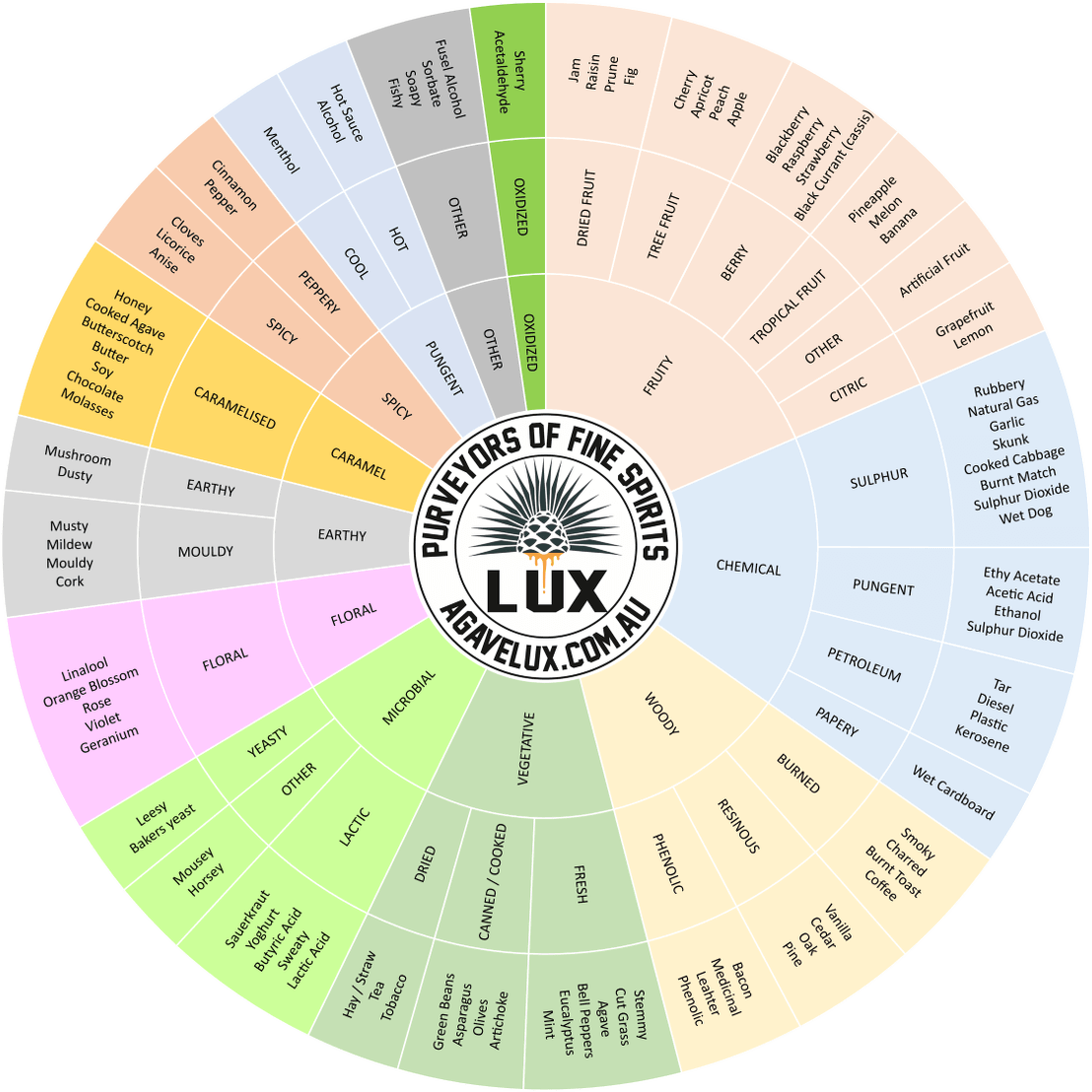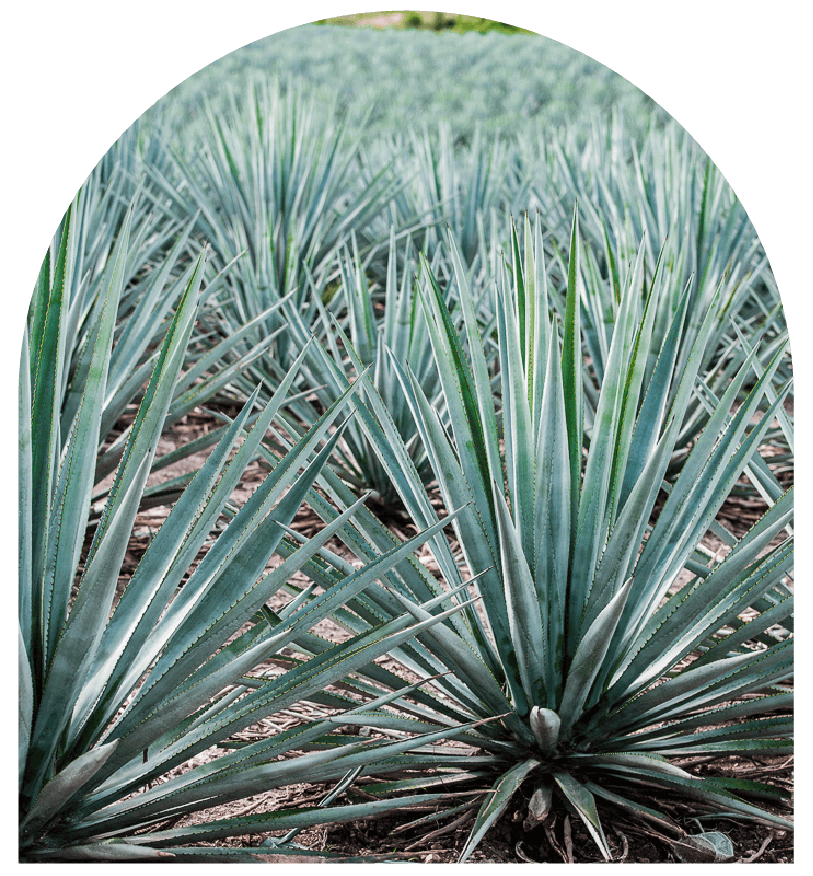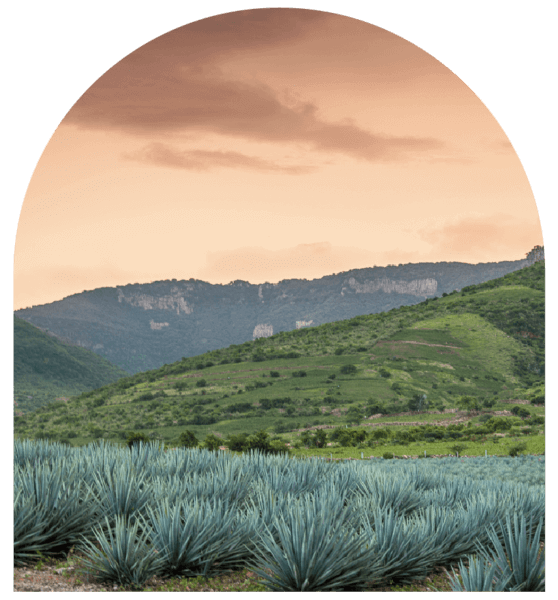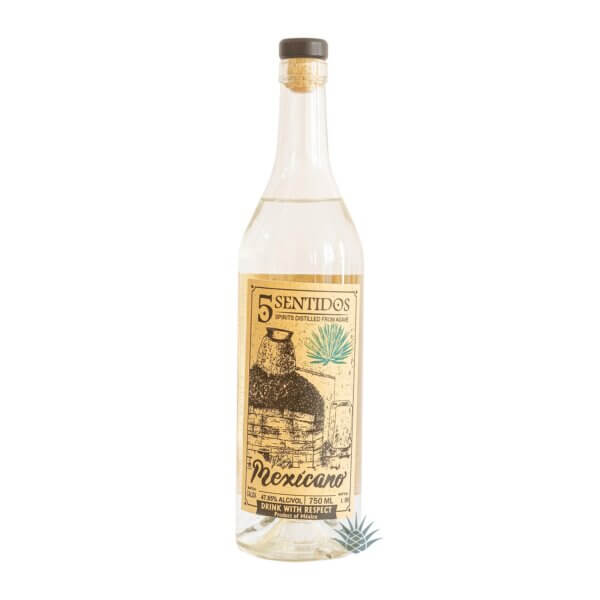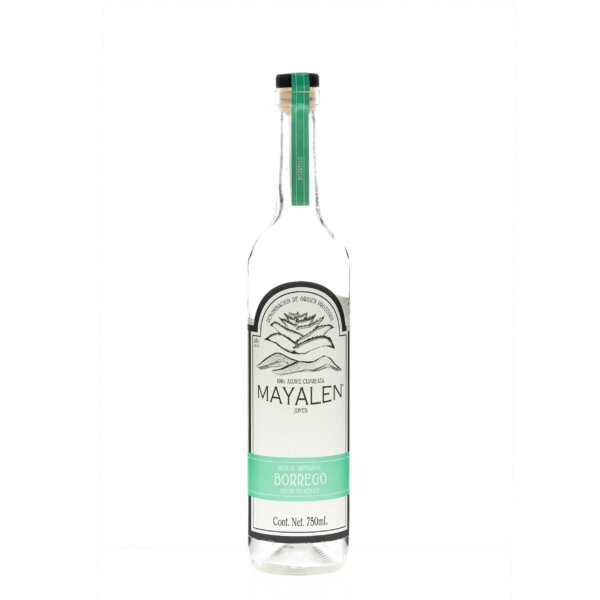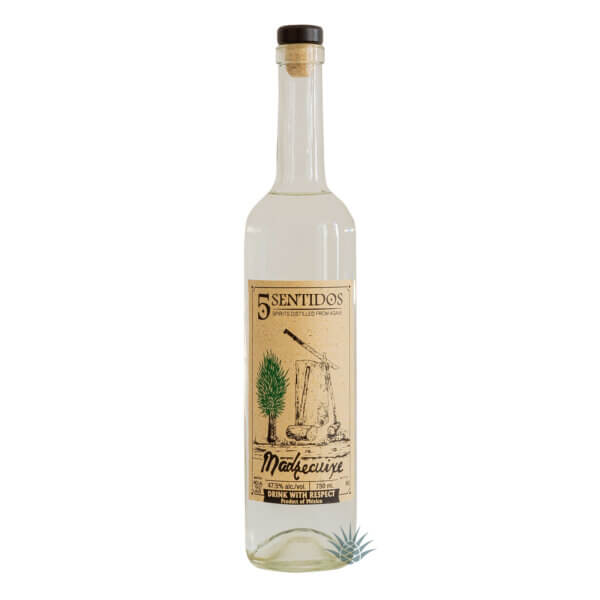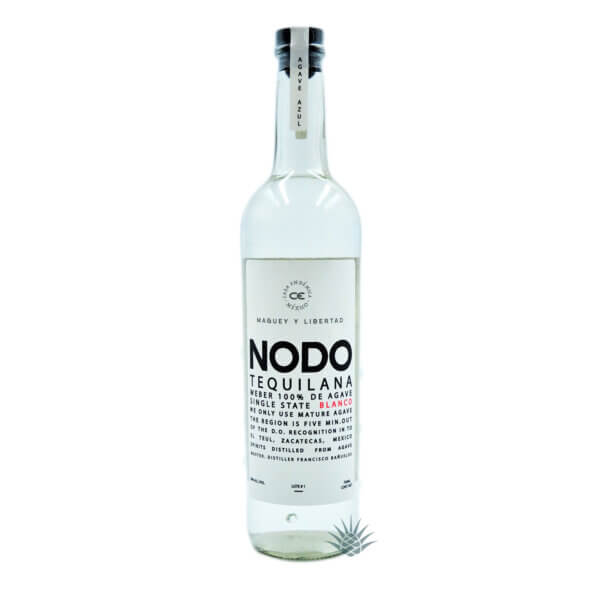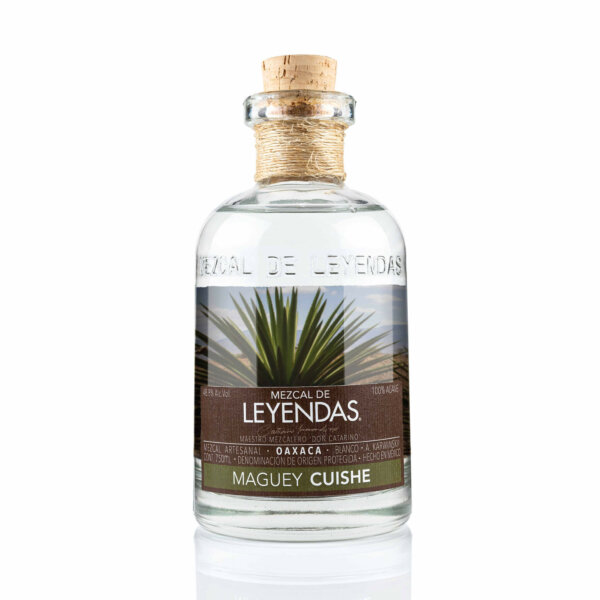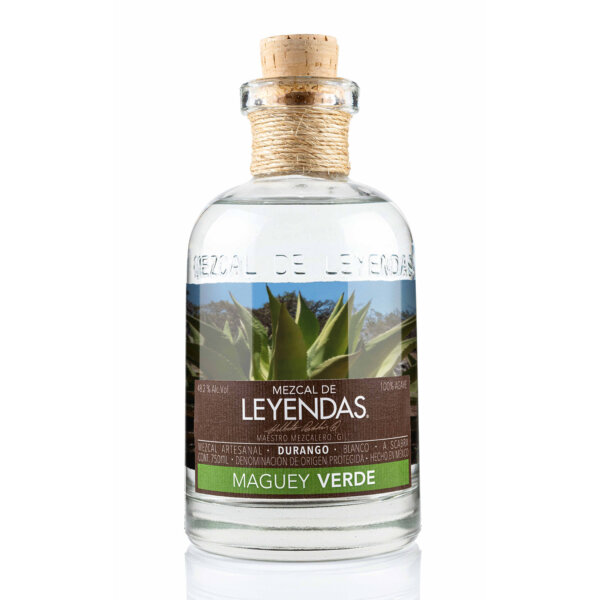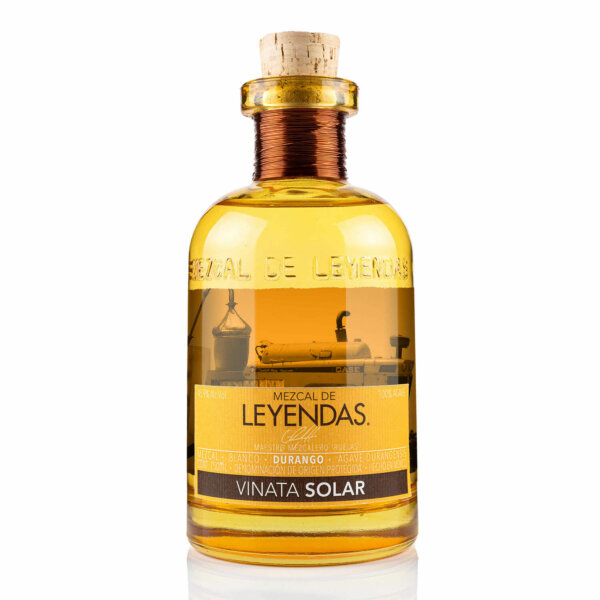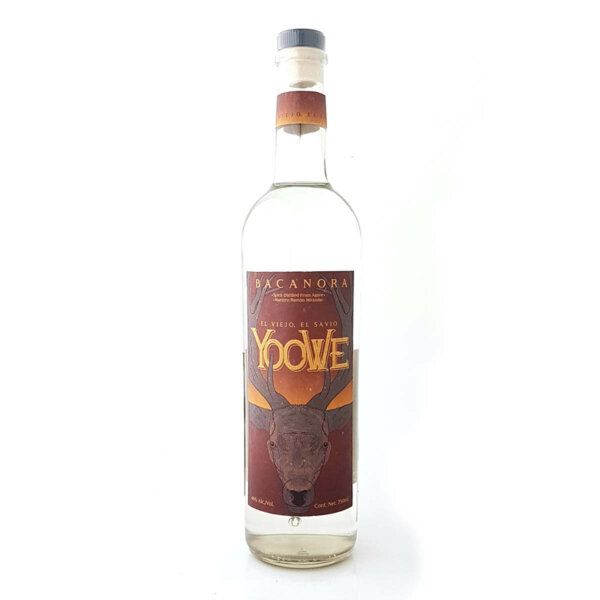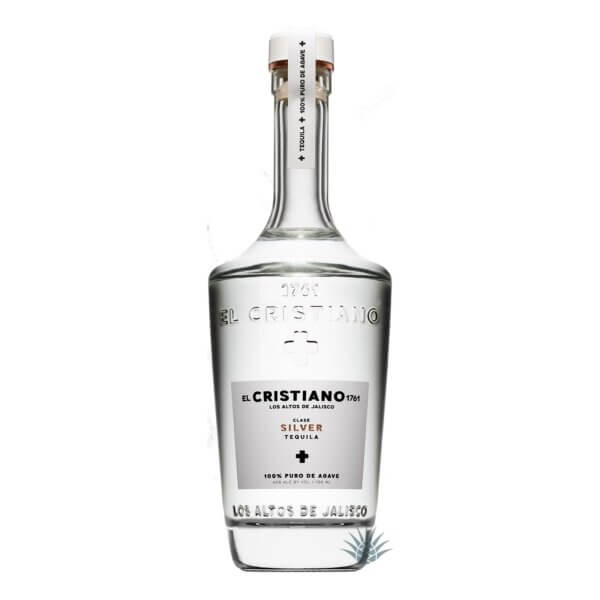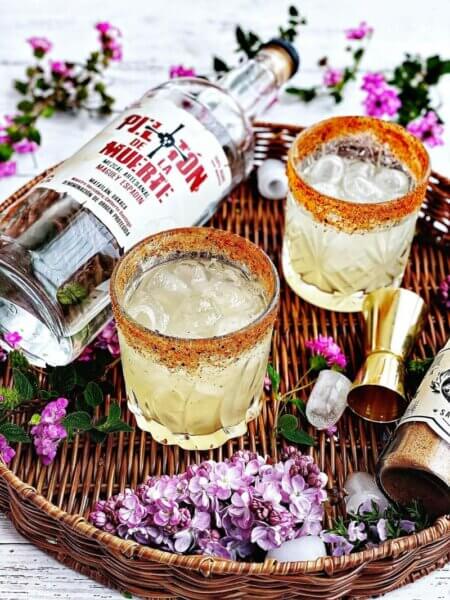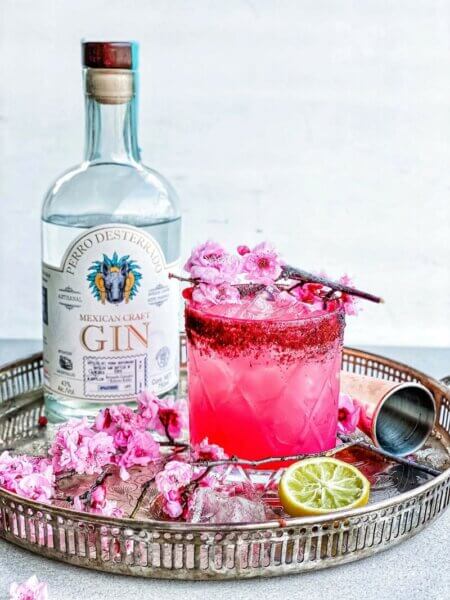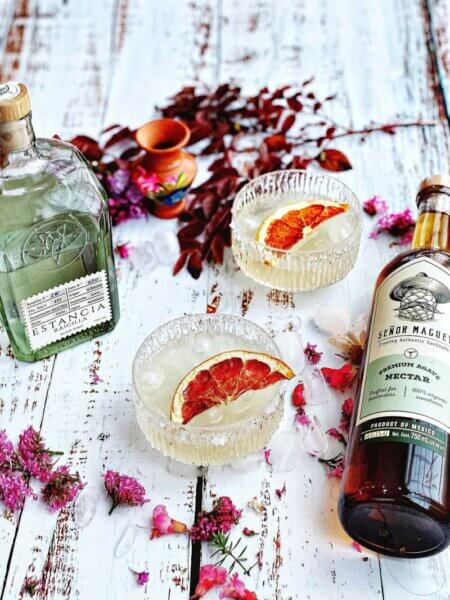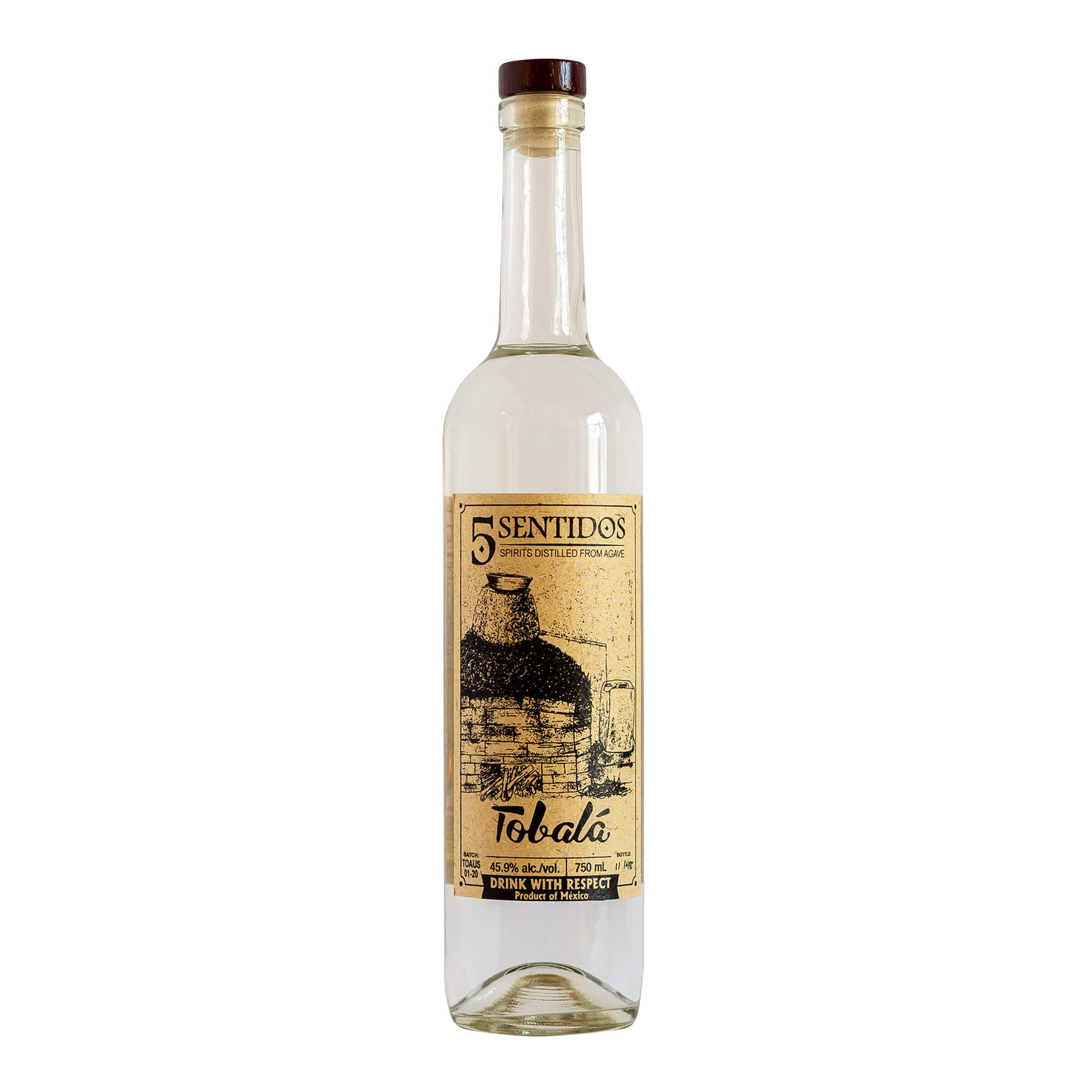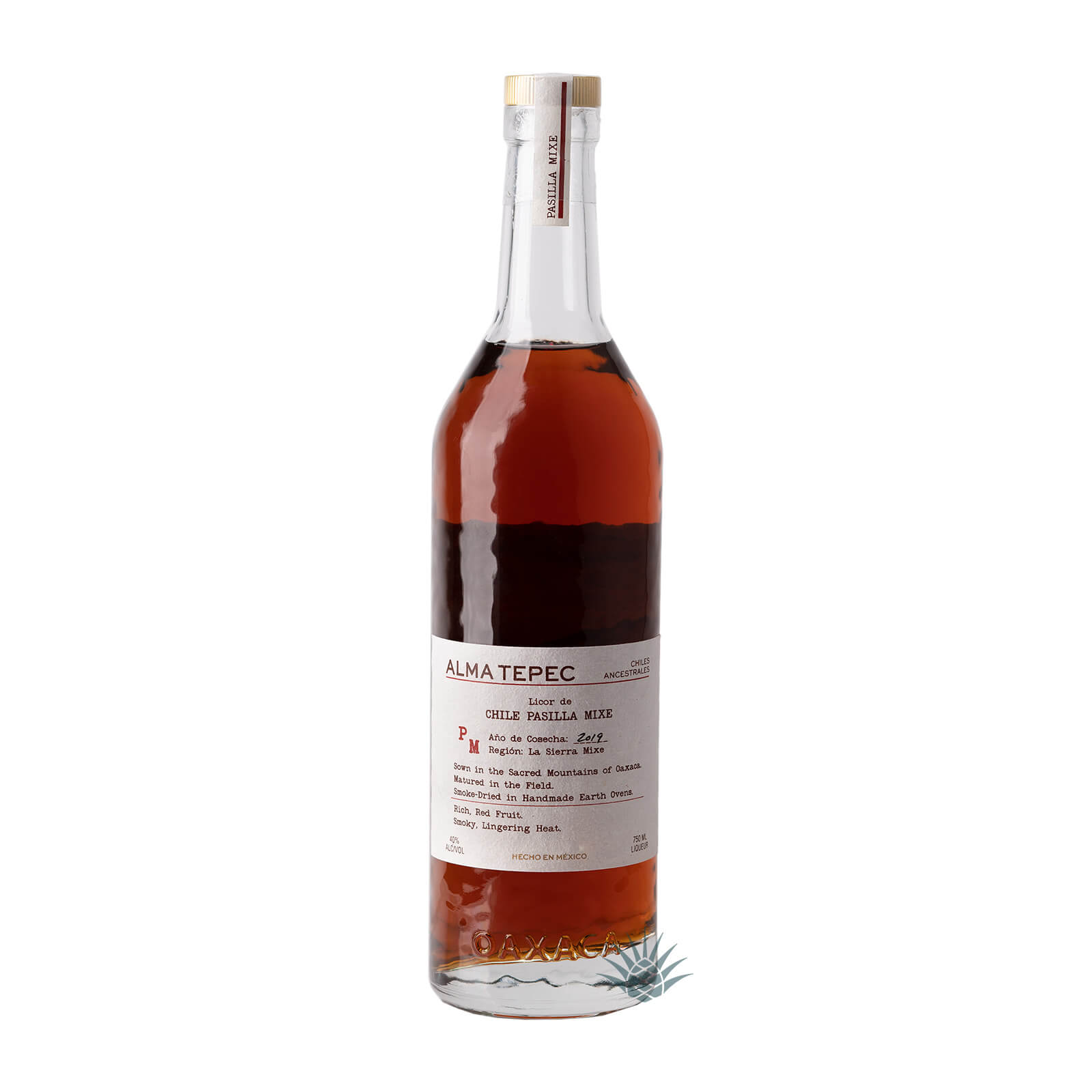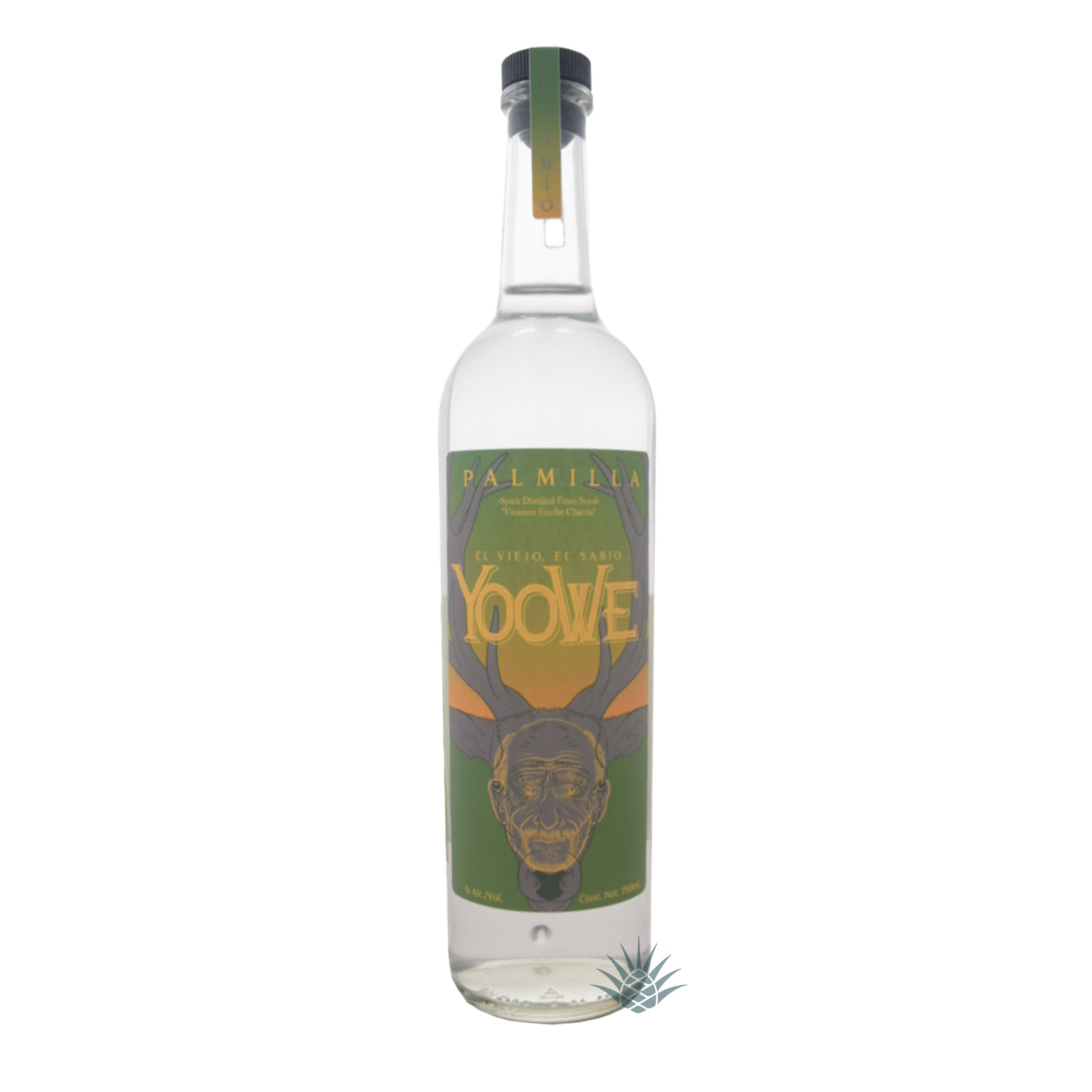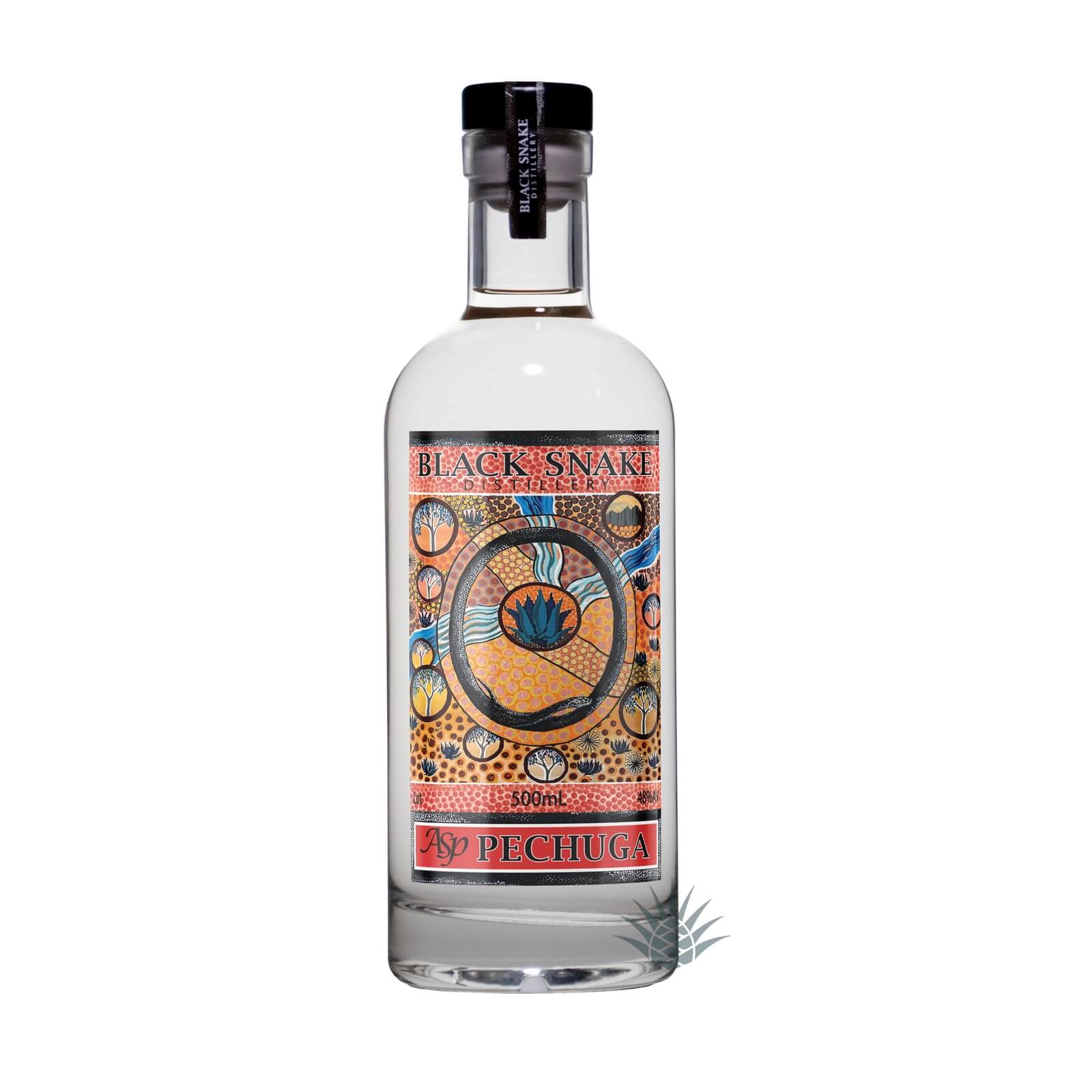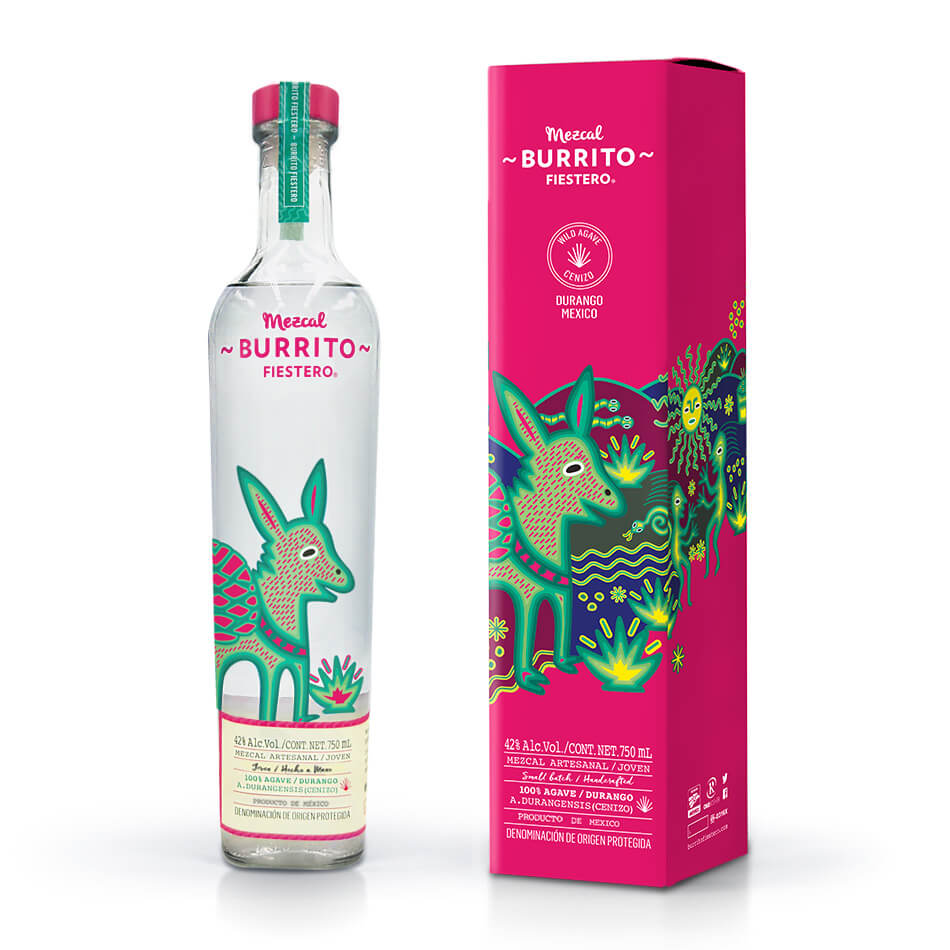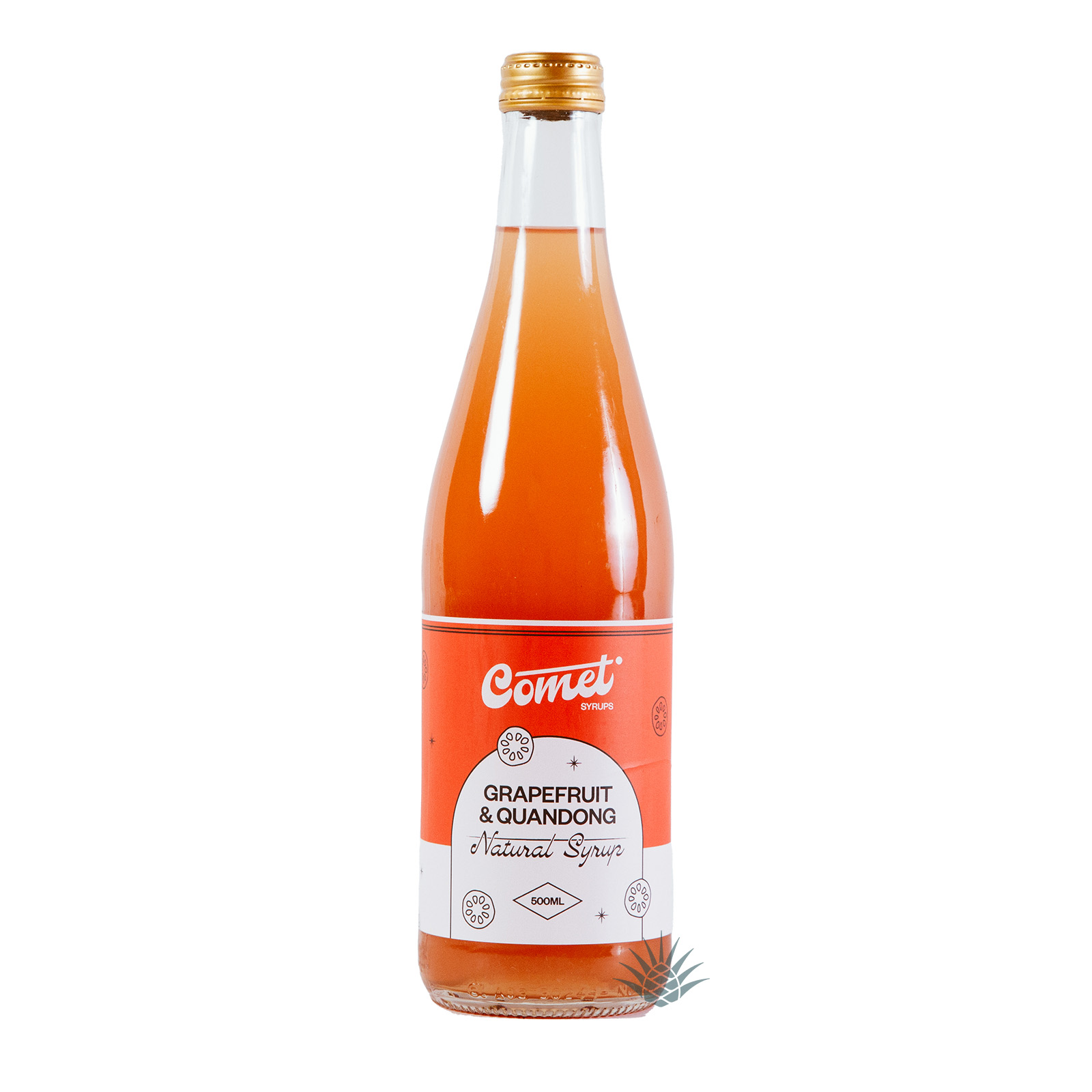The History of Tequila
The indigenous Aztec Indians fermented the juice of the agave to produce ‘pulque’. Archaeological evidence suggests that agave was part of the lives and culture of the Indigenous inhabitants of the lands. The plant was revered as a deity and personified through Mayahuel, the Aztec goddess of fertility and the maguey plant.
When Spanish conquistadores invaded Mexico in 1519, Cortes’ soldiers did not appreciate the fermented ‘pulque’ so they set about experimenting to make wine from the agave plants. This brought about fermented agave that could be distilled to produce what they called ‘Vino de Mezcal’, literally ‘mezcal wine’. The Spanish introduced both the first copper stills and distillation to Mexico, and it is likely that they were distilling something close to what we now recognise as tequila within a decade of their arrival.
The first documented reference to the production of mezcal wine dates as far back to 1608. In the local Nahuatl language, the word tequila means ‘volcanic rock’ or ‘rock that cuts’. It is a reference to the dormant volcano that shadows the town of Tequila. In the 17th century ‘agave wines’ produced in and around the town of Tequila started to gain notoriety for their quality.
By 1750 a formal industry had started to be built around the production of the drink and by the end of the 1890s the word ‘tequila’ (as opposed to mezcal) emerged to describe the agave spirits produced in this area.
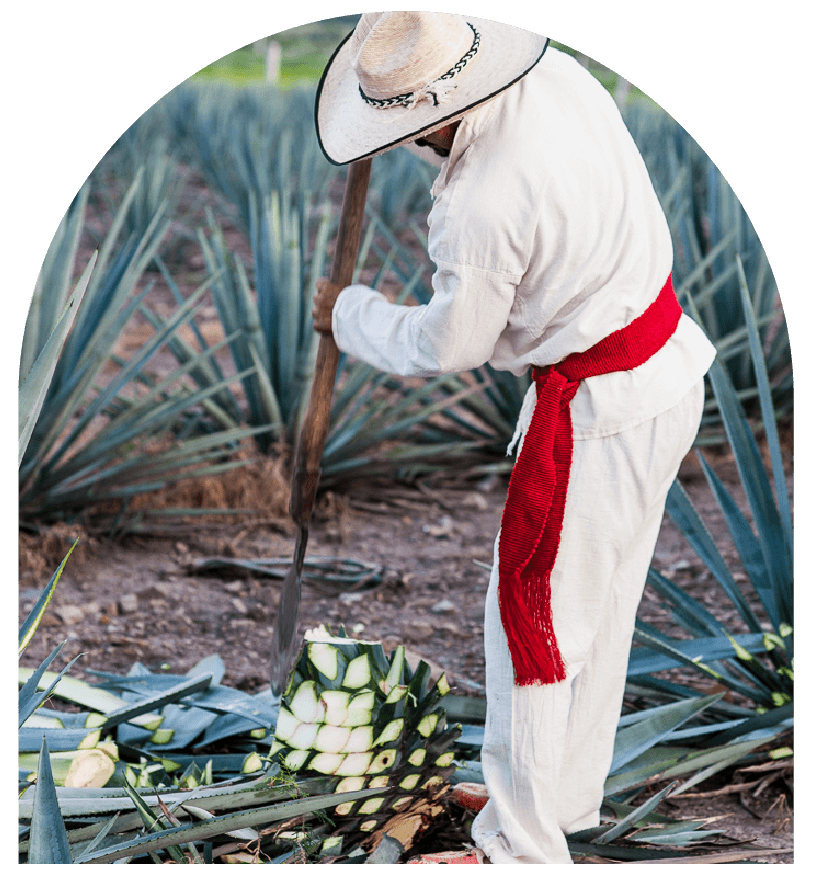
Tequila Age Classification
Based on the characteristics acquired in processes after distillation, Tequila has 5 clear classifications. Classification mentioned below can be substituted for the International market, and translated into corresponding language:
- Blanco (unaged)
- Joven/Oro/Gold (a blend of unaged and aged)
- Reposado (aged for a minimum of 2 months in barrel)
- Añejo (extra aged for a minimum 12 months in barrel)
- Extra Añejo (ultra-aged for a minimum of 3 years in barrel)
There are 2 other classifications of recent times;
- Cristalino translates to crystalline. Most are typically Añejo aged tequilas that have been charcoal filtered or redistilled to remove the amber hue imparted by oak barrels during maturation to leave a crystal-clear tequila. A relatively new category emerged in 201. Charcoal filtration is much more commonplace than redistillation and this usually entails adding activated carbon dust to the aged tequila and then passing the tequila through cellulose filter pads to strip out the charcoal, and along with it, the colour.
- Curados translates to flavoured. Curados contain natural ingredients such as strawberry, pineapple, pear and oranges. This new category launched in 2006 and requires a minimum 25% agave spirit to be used so 75% of the fermentable sugars may be added cane or corn sugars. The standard NOM allows the addition of sweeteners, colouring and or flavourings to create “curados” in quantities of up to a maximum of 75ml per litre.
Tequila is protected via “Denomination of Origin”
The Official Mexican Standard acts as a type of support in the process of certification, verification and monitoring of mezcal. Internationally, mezcal has been recognised as an Appellation of Origin (AO, DO) since 1994.
Tequila has 5 states approved for tequila production.
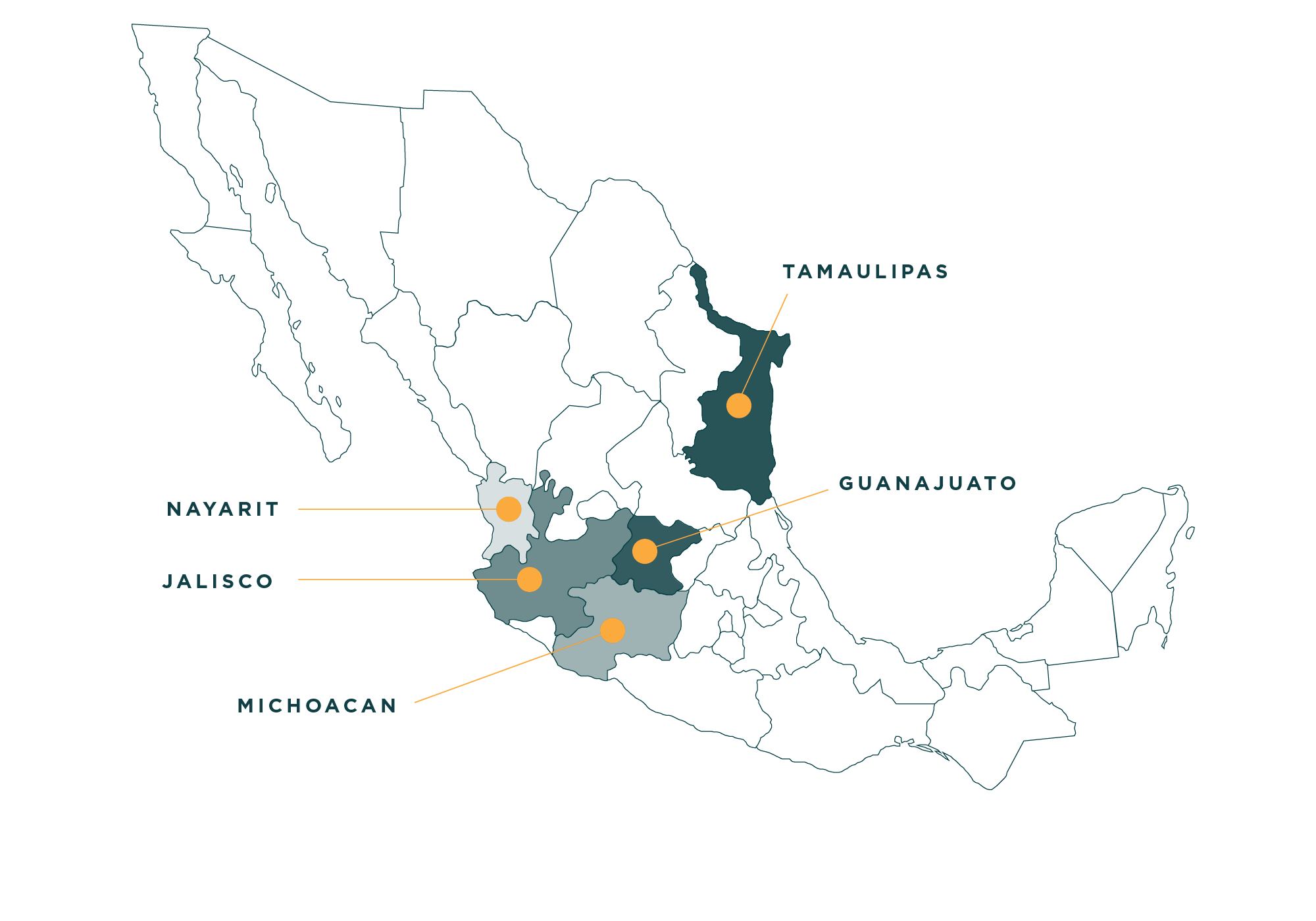
What Agave is used to make Tequila
There is only 1 type of agave approved to produce Tequila and that is commonly known as Blue Webber or the Agave Tequilana. If it is not 100% blue weber you are drinking an inferior low-quality Tequila. We challenge you further to explore a little deeper your understanding to more than just 100% blue weber agave.
Within this space many are of inferior qualities which have accelerated through industrialised processes. Support Artisanal, Ancestral producers. We do not support those who use industrialised processes of “diffuser technology” to rush the traditional tequila making process.

What is Diffuser Technology
The word technology and agave do NOT go hand in hand. It is a traditional process where either by hand or animal the agave sugars are extracted gently, not via an industrialised process. A diffuser is exactly that, a modern piece of equipment that is designed to remove agave sugars rapidly from the agave pinas without cooking.
Cooking is the most important aspect when extracting agave sugars. The cook is skipped with a diffuser. In most instances, whole and raw piñas are loaded onto a hopper/conveyor belt that dumps the agaves into a shredding machine.
From there the raw / uncooked agave is shredded and then washed in a chemical solution that dissolves the agave inulin. Inulin is a soluble fibre that when heated breaks down into fructose, sucrose and glucose. Once the inulin is liquified it is separated from the pulp and pumped into large autoclaves.
This skipping of the cooking process and crushing process saves about 1-2 weeks of manual labour, cooking and crushing. Whilst adding a 2-week efficiency to what has taken 8 years to grow on average, this chemical and industrialised process strips the flavour profile which means additives, sugars and fillers are added to sweeten what was stripped from the finished product.
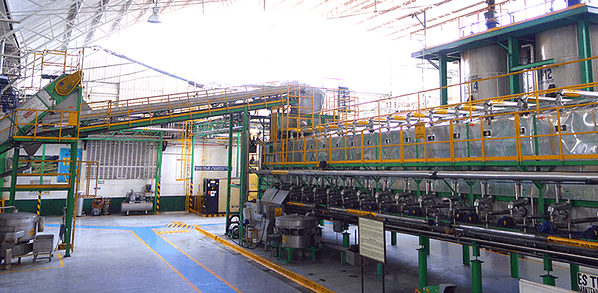

How Tequila is made
Quality producers of mezcal still use the same traditional methods of hand harvesting the agave, roasting the core of the agave (the piña) in underground wood-fired pits. Post cooking this releases the simple sugars, with a candy flavour.
We then begin the milling process and the best do this via a rotary stone mill called a tahona or Egyptian mill. Some even use the Ancestral method of timber mallet and smash by hand.
Both processes gently break down and presses out the liquid ready for fermentation where yeast feeds on the carbohydrates and simple sugars found in the crushed matter. Usually sitting in timber, clay or concrete vats for 3-5 days bubbling away.
Distillation then occurs from the fermented liquids in copper stills, where it simmers away creating vapours that then crystallise into liquid giving us the first cut, the “punta” or first distillation.
From there many distil a second time. Some also do a third distillation if adding in further fruits, spices, meats, grains and nuts. Each recipe is unique to the family, region and tradition of the area.


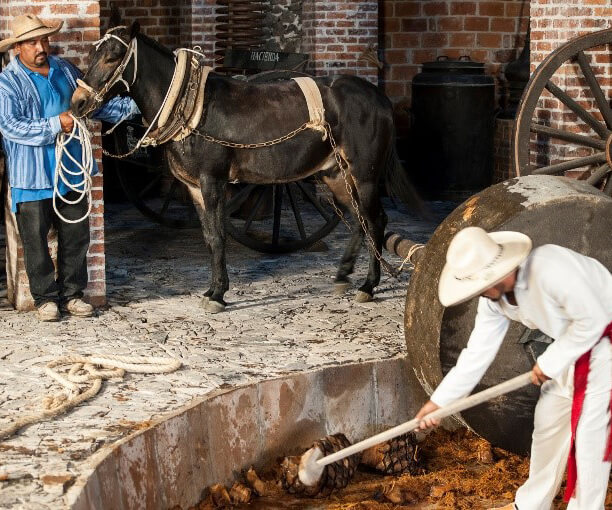
Tequila Flavour & Aroma
